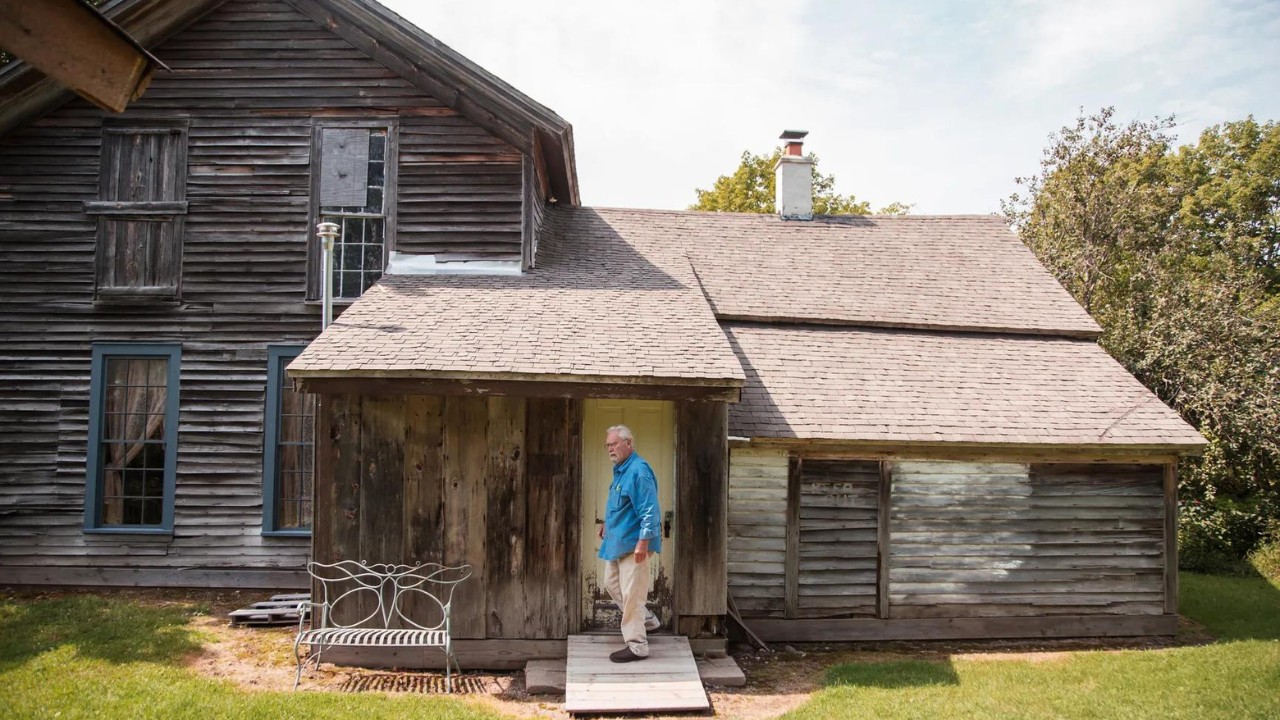Lost Lumber Towns Of The Upper Peninsula

Ever wondered about the lost lumber towns of the Upper Peninsula? These hidden gems, once bustling with life, now stand as silent witnesses to a bygone era. In the late 1800s, the Upper Peninsula of Michigan thrived on the lumber industry. Towns like Fayette, Pequaming, and Seney were booming with sawmills, workers, and families. Today, these places offer a unique glimpse into history, with remnants of old buildings and stories waiting to be discovered. Whether you're a history buff or just love exploring off-the-beaten-path locations, the lost lumber towns of the Upper Peninsula promise an adventure like no other.
Lost Lumber Towns of the Upper Peninsula
The Upper Peninsula of Michigan is rich with history, especially from the lumber boom of the 19th and early 20th centuries. Many towns sprang up around the logging industry, only to fade away once the trees were gone. These ghost towns hold stories of a bygone era, waiting to be explored.
Why Lumber Towns Vanished
Lumber towns thrived when the logging industry was at its peak. However, once the forests were depleted, the towns had no other means of sustaining their populations. People moved on, leaving behind remnants of their once-bustling communities.
1. Fayette
Fayette was a bustling iron-smelting town on the shores of Lake Michigan. Established in 1867, it quickly grew due to the iron industry. When the smelting operations ceased in 1891, the town's population dwindled. Today, Fayette Historic State Park preserves the town's buildings and offers a glimpse into its past.
2. Pequaming
Pequaming was a thriving lumber town owned by Henry Ford in the early 20th century. Ford used the town to supply wood for his automobile factories. When the demand for wood decreased, Pequaming's importance faded. Visitors can still see some of the original buildings, including Ford's summer home.
3. Seney
Seney was once a booming lumber town known for its rough-and-tumble reputation. Established in the late 1800s, it attracted loggers and railroad workers. As the logging industry declined, so did Seney. Today, it's a quiet village near the Seney National Wildlife Refuge, perfect for nature enthusiasts.
4. Nahma
Nahma was a company town built by the Bay de Noquet Lumber Company. It flourished in the early 1900s, with a sawmill, company store, and housing for workers. When the mill closed in the 1950s, the town's population dwindled. Some original structures remain, offering a peek into its history.
5. Hermansville
Hermansville was founded in 1878 as a lumber town centered around the Wisconsin Land & Lumber Company. It became known for its high-quality hardwood products. When the company ceased operations in the 1940s, the town's population declined. The IXL Historical Museum preserves Hermansville's rich history.
6. Sidnaw
Sidnaw was a small logging town that grew with the arrival of the railroad in the early 1900s. It served as a hub for transporting timber. As logging operations moved elsewhere, Sidnaw's population decreased. Today, it's a quiet spot with remnants of its logging past.
7. Nestoria
Nestoria was another logging town that thrived with the railroad's arrival. It was a key location for transporting timber from the surrounding forests. When the logging industry declined, Nestoria's population dwindled. Some old buildings and the railroad tracks still hint at its past.
8. Whitefish Point
Whitefish Point was not only a lumber town but also a crucial shipping point on Lake Superior. The logging industry and shipping were closely linked here. As the forests were depleted, the town's importance waned. The Great Lakes Shipwreck Museum now stands as a testament to its maritime history.
The Legacy of Lost Lumber Towns
Lost lumber towns of the Upper Peninsula hold a unique place in history. These towns, once bustling with activity, now stand as silent reminders of a bygone era. Exploring these ghost towns offers a glimpse into the past, where the lumber industry thrived and shaped the region. Visiting places like Fayette, Pequaming, and Nahma provides a tangible connection to the lives of those who lived and worked there. The stories of these towns are etched into the landscape, waiting to be discovered by curious travelers. Whether you're a history buff or just love exploring off-the-beaten-path destinations, the lost lumber towns of the Upper Peninsula offer a fascinating journey through time. So pack your bags, hit the road, and uncover the hidden gems of Michigan's forgotten lumber towns.

